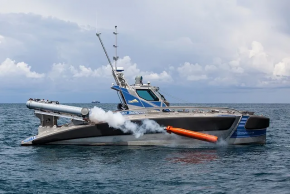The FREMM would have to have gone through the same design process that the T26 is going though now. The base design as currently built does not have the capability being sought and would have to be evolved.Something which I think requires a bit of clarification. The first Constellation-class FFG is currently scheduled for delivery in 2026, but IOC is not expected until 2030, and FOC until 2032.
Another factor to also look at is the pace that the US can produce and commission warships. If one looks at the build history for USN Arleigh Burke-class DDG's, even the early ships only took between two and three years between being laid down and getting commissioned into service, with some of the newer builds taking up to four years.
Couple the building and engineering capabilities of US naval yards with the fact that the Constellation-class is supposed to be utilizing many systems already in use across the USN, and/or already developed from variants from active systems, then it is little wonder that the US might expect to have a new build vessels in the water so soon. Unfortunately Australia does not have the same level of shipbuilding capacity as the US, and what it does currently have has had to be re-built following a long hiatus in gov't placing orders for the RAN.
This brings us to the FREMM is it growth potential. The addition 6m of length and 0.8m of beam in the T26 makes quite a difference . With the current RAN weapons and sensor fit being sought it appears doubtful the FREMM hull could have taken it all. It appears that even the T26 (which is a bigger beast) is having to grow a bit.






